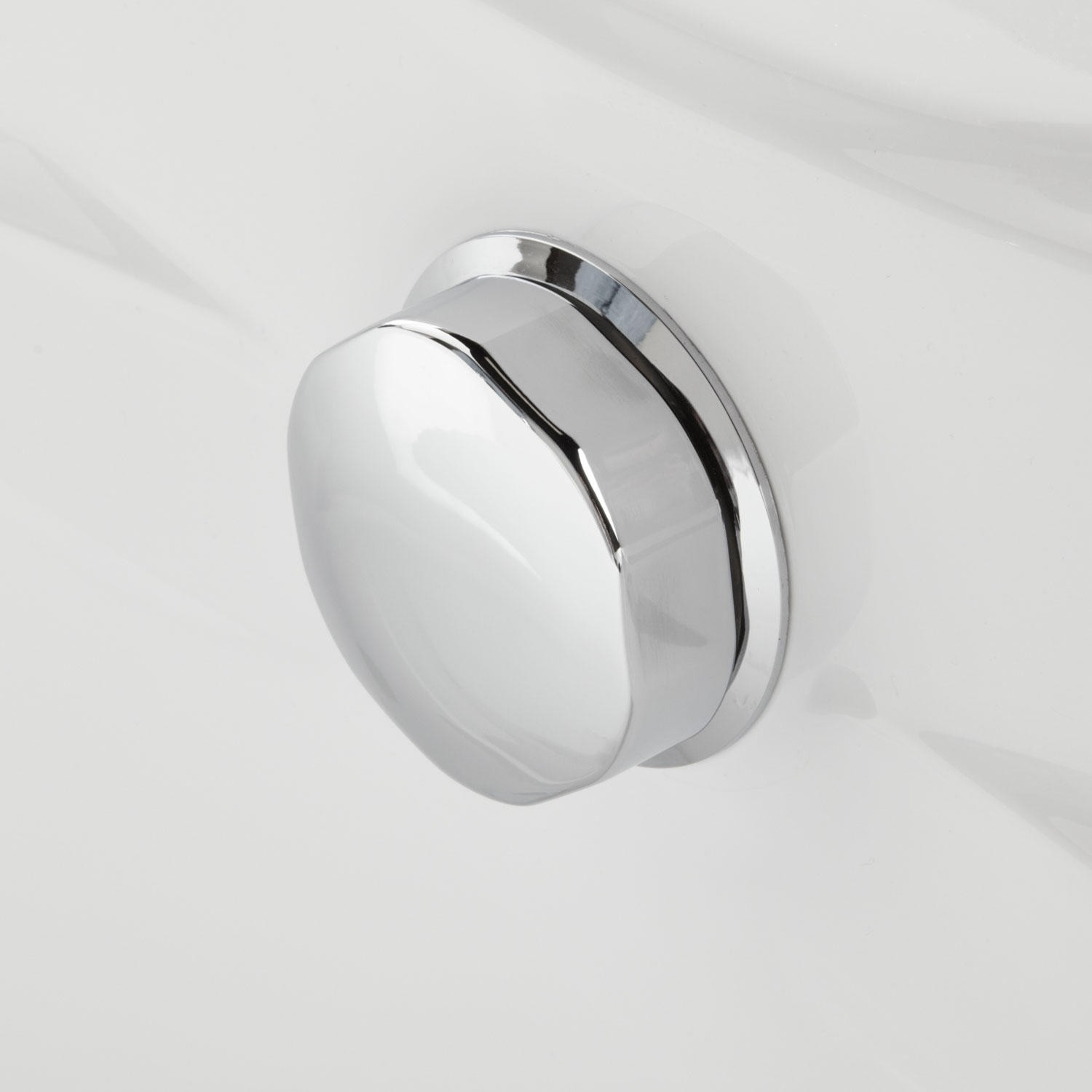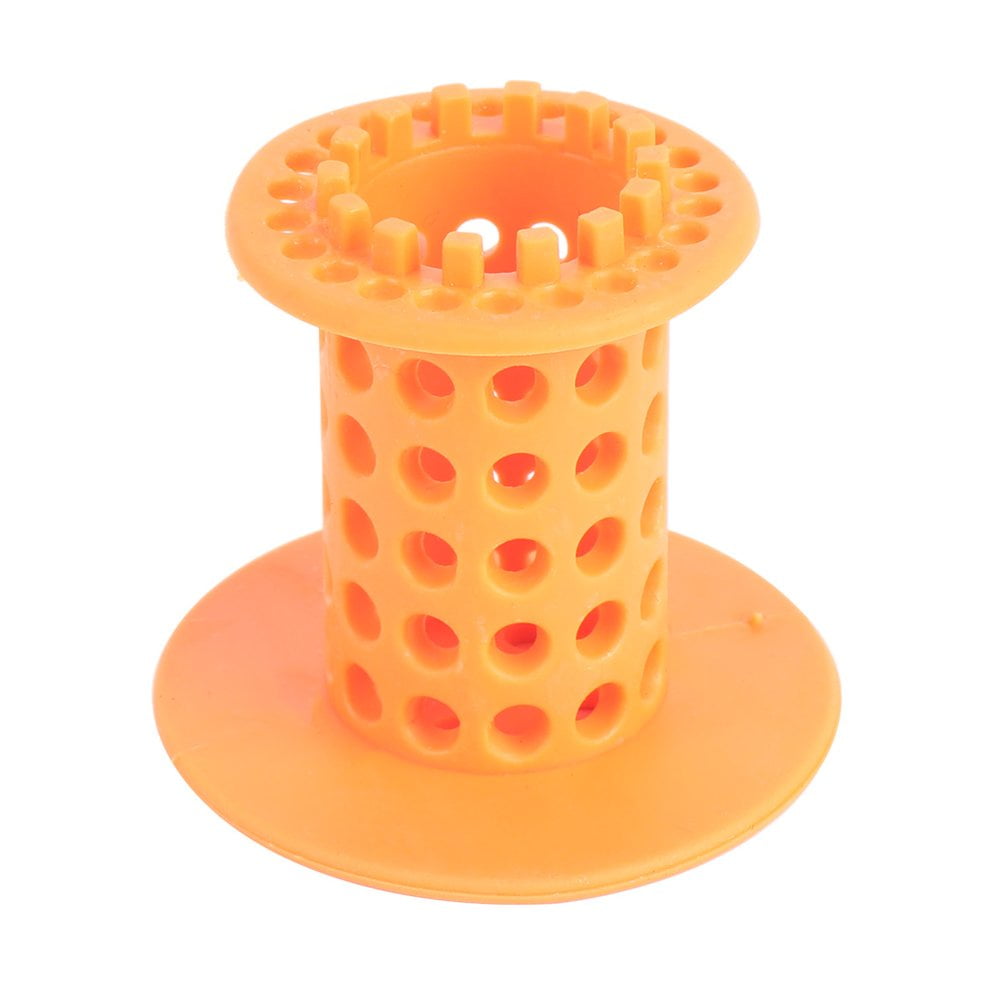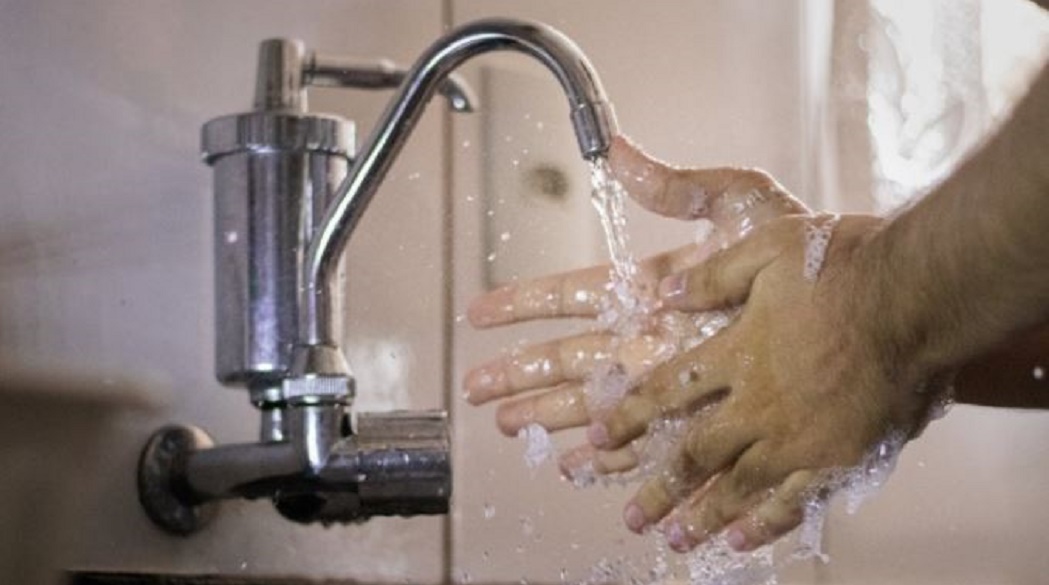

Overflow drains for bathtubs come in two types: Without an overflow drain, the excess water would simply flow over the sides of your bath and onto your bathroom floor instead.


It’s found near the top of the bathtub, where it can redirect water safely into the drain. Your overflow drain acts as a plughole for water that would otherwise flood the room. This prevents water from reaching the top of the bath, or worse, flooding over it. Fortunately, this situation is precisely what an overflow drain was created for.Īn overflow drain will siphon off the excess water, so your bath water can’t reach any further up the bathtub than the overflow drain. We’ve all started filling the tub and got distracted, only to find out later that the bathtub is dangerously full. The purpose of an overflow drain is to prevent flooding ( source). Your overflow drain could be metal, rubber, or plastic, although they usually match the taps. Some have covers or windows you can open and shut, and some have covers that block the drain completely. Overflow drains are circular holes situated just below the taps. What is an Overflow Drain?Īn overflow drain functions as a secondary drain on your bathtub or sink, but the primary drain is the plughole at the bottom.
Bathtub overflow blocker how to#
I will also show you how overflow drains work, what to do if your overflow drain is missing, and how to install an overflow drain cover. The following article will look at what overflow drains are, what they’re for, and if they can overflow. Having a floor drain can be a practical alternative but insurance and building code considerations should be factored into your decision. The good news is, that’s as far as the water can go, thanks to that little drain below the taps.Ī bathtub does not have to have an overflow drain but a bathroom must have a mechanism to prevent flooding. Ten minutes later, you rush back upstairs to find water lapping at the overflow drain. You’ve just started running a hot bath when the doorbell rings.


 0 kommentar(er)
0 kommentar(er)
